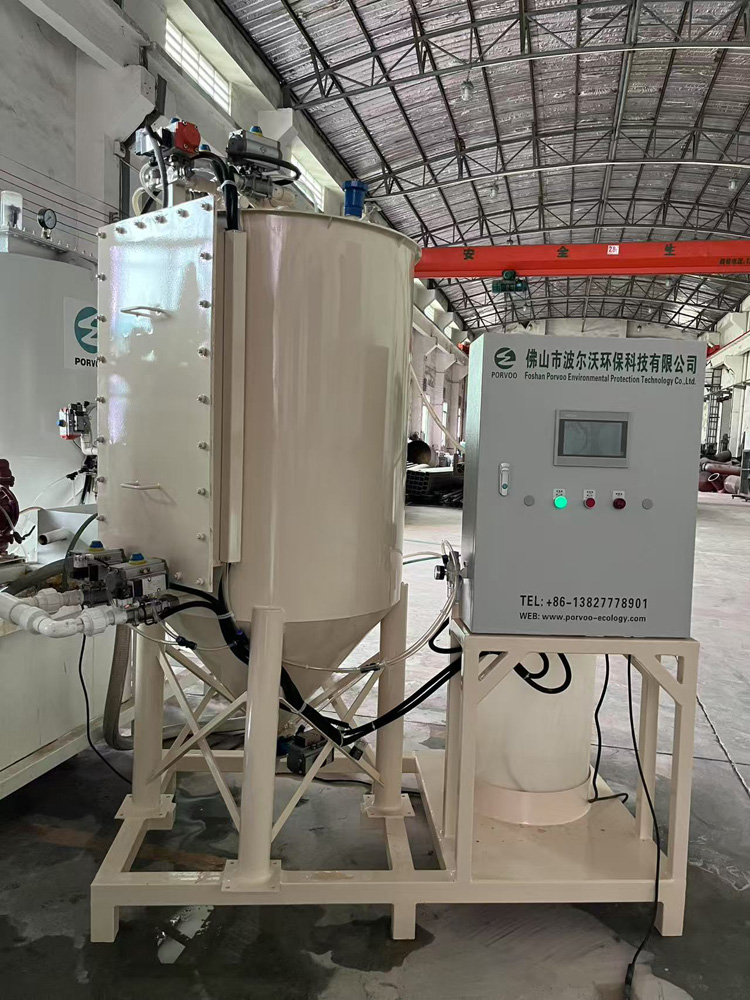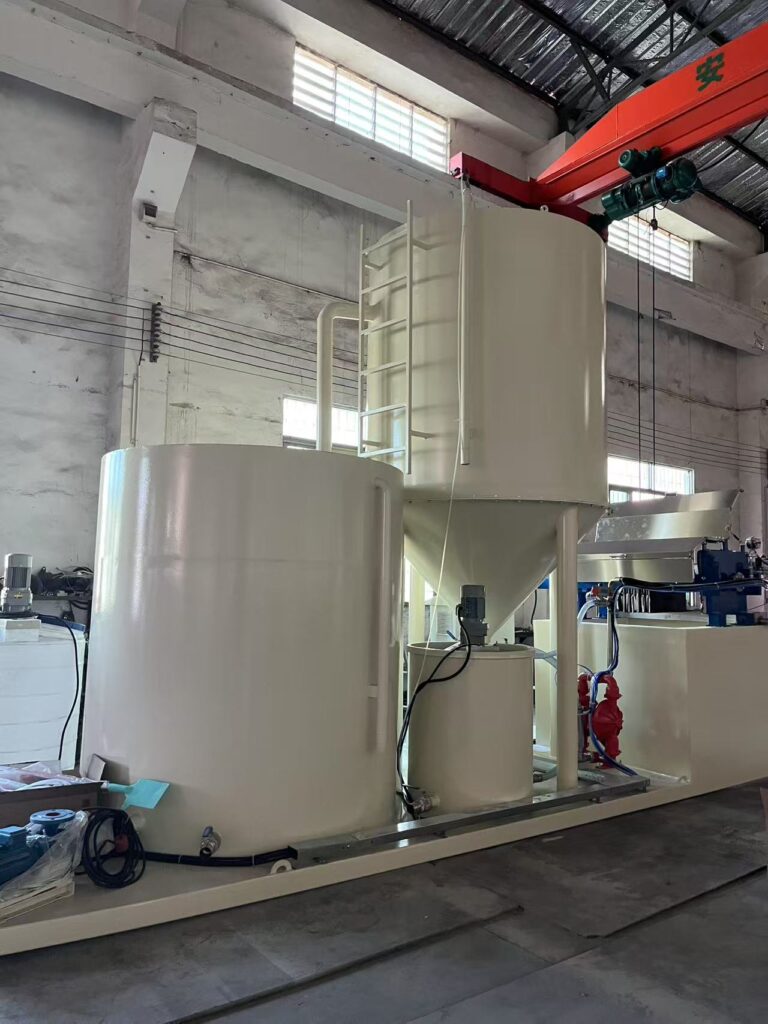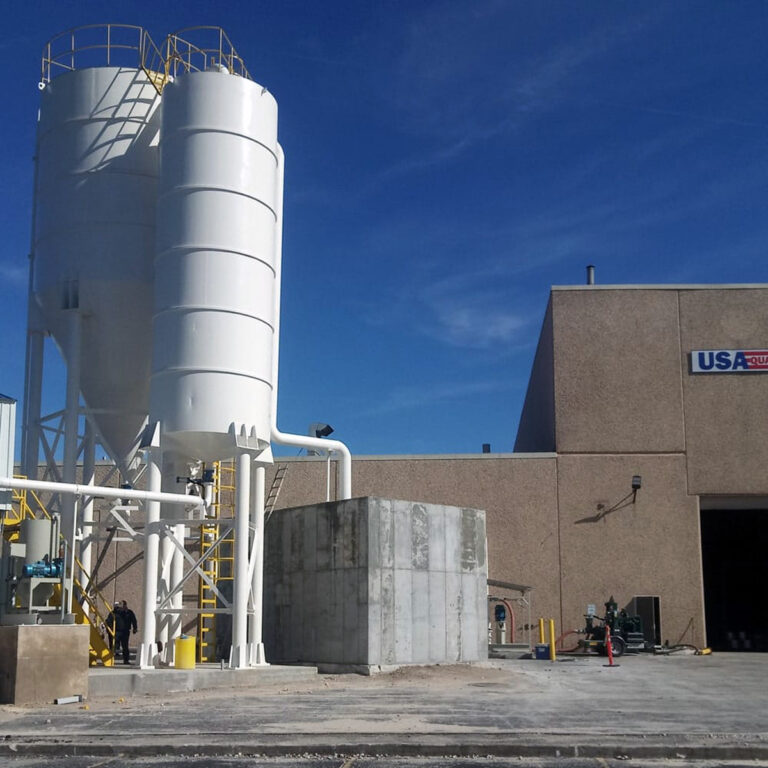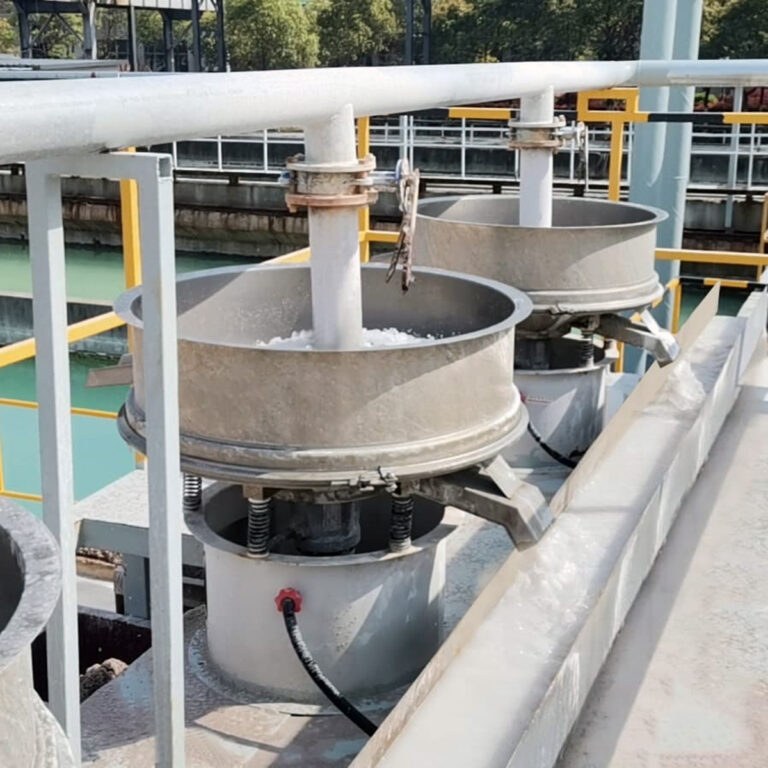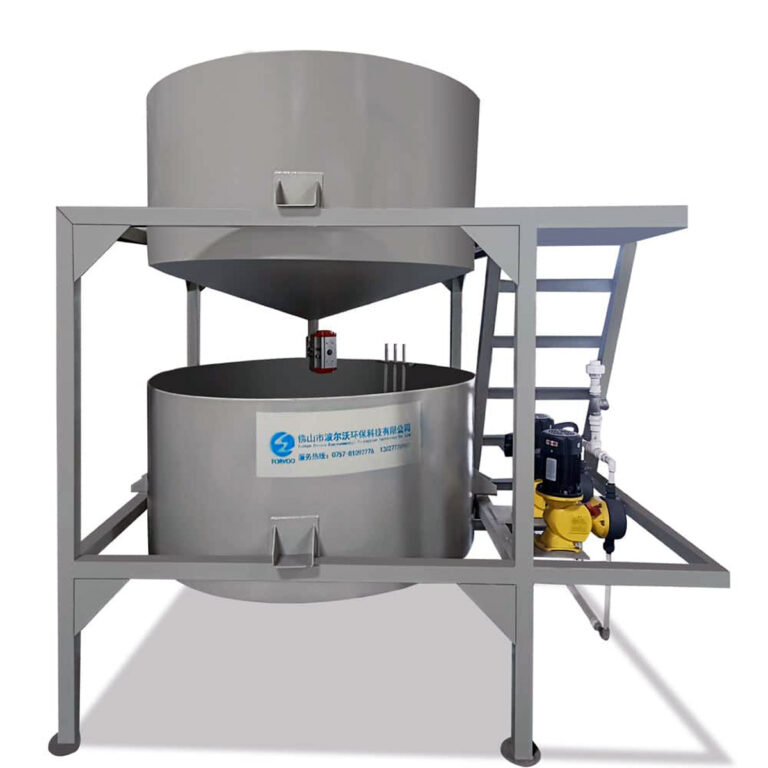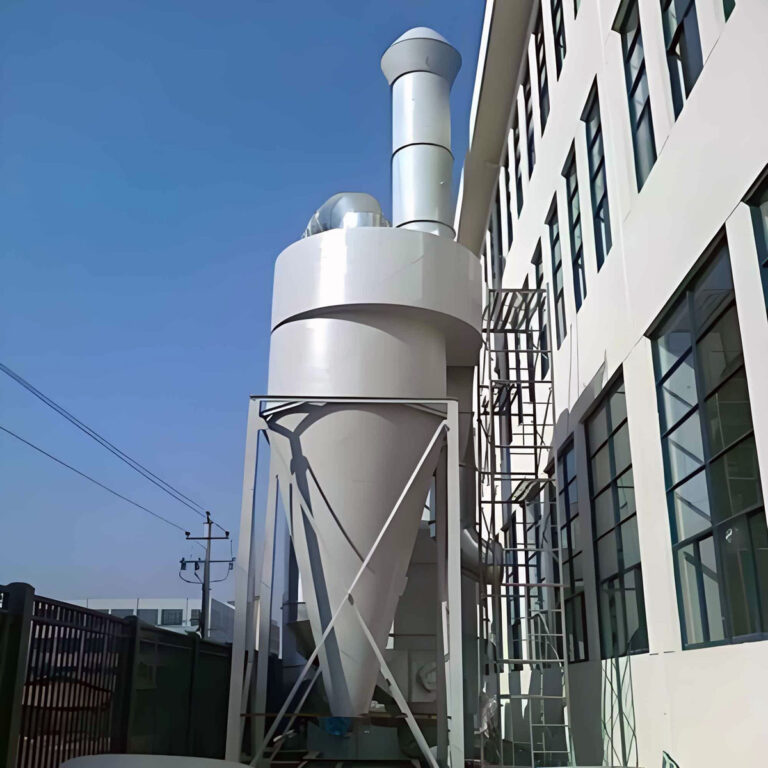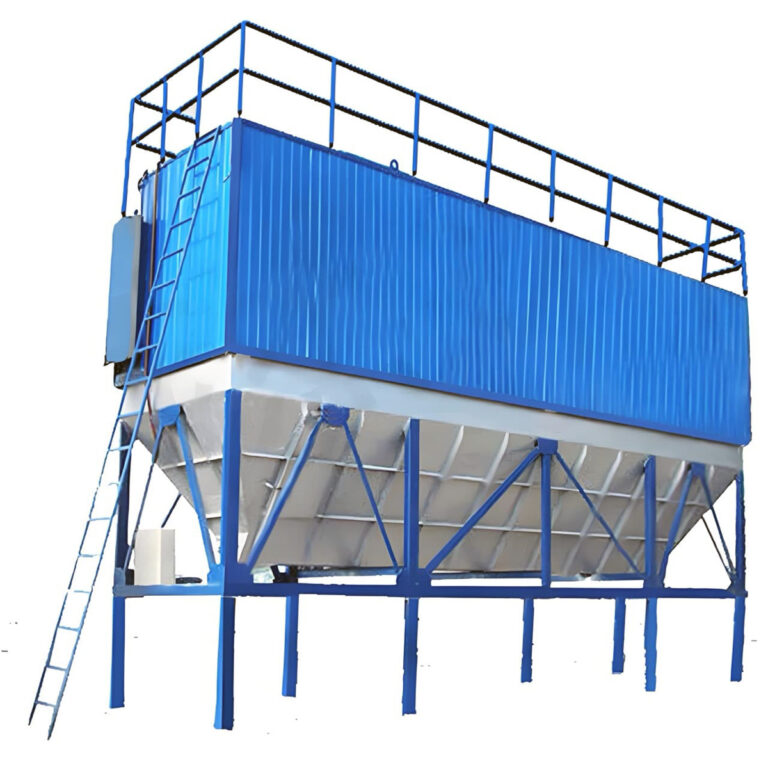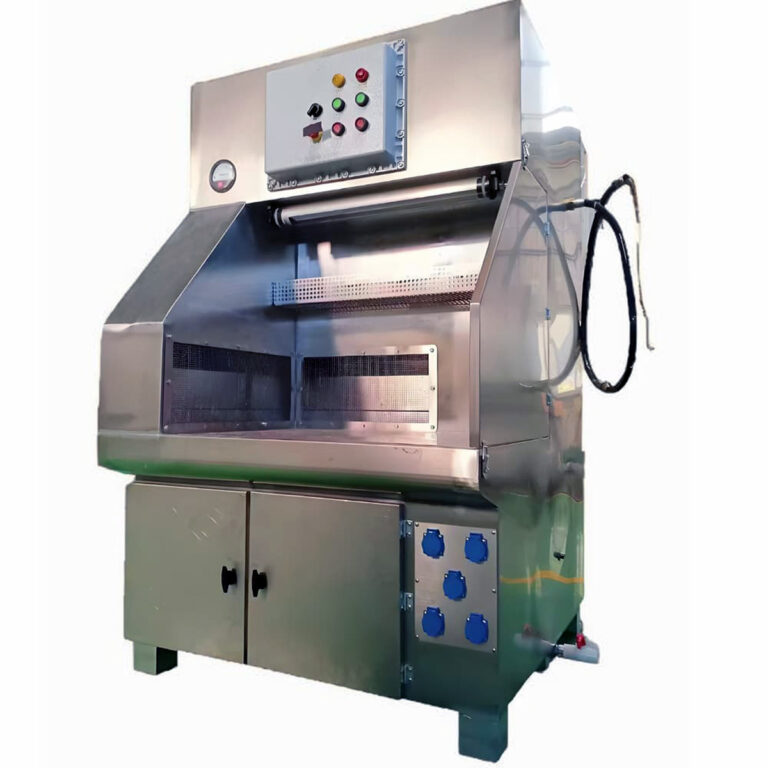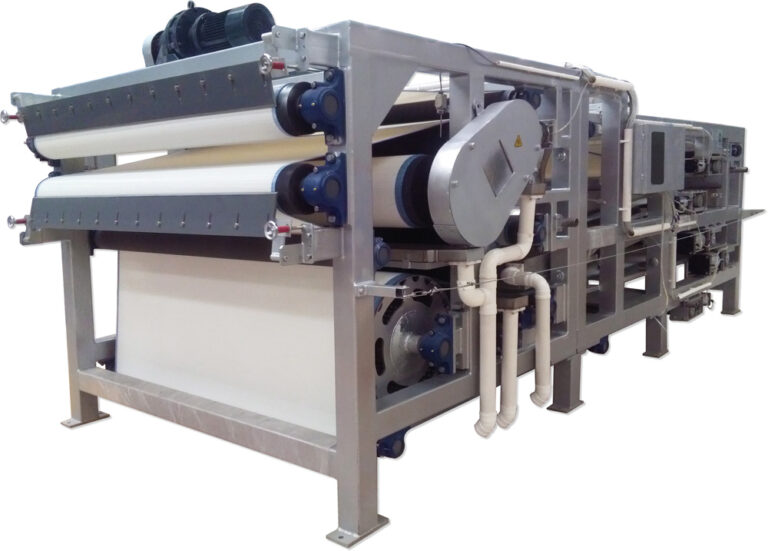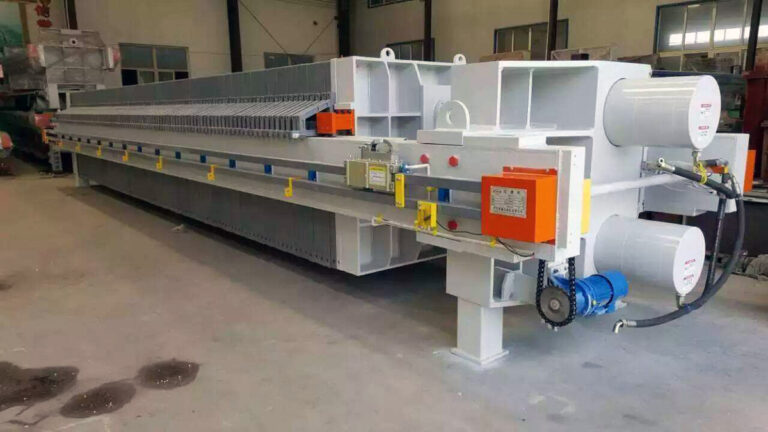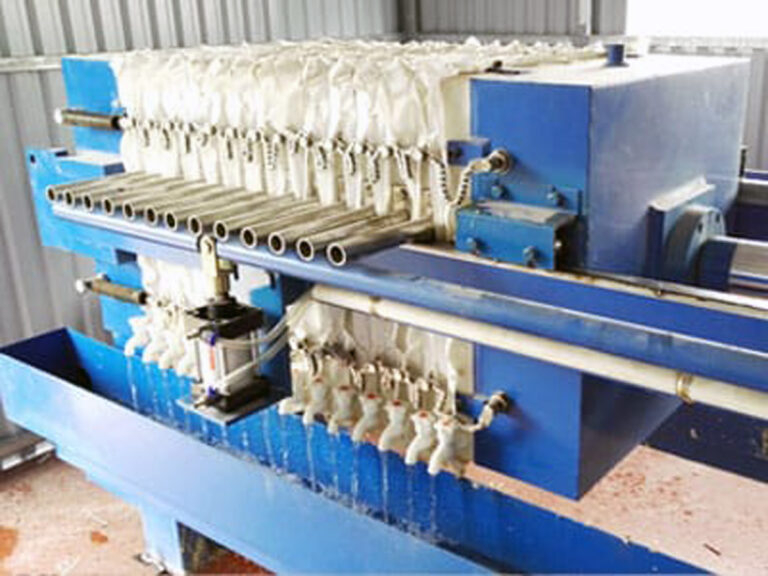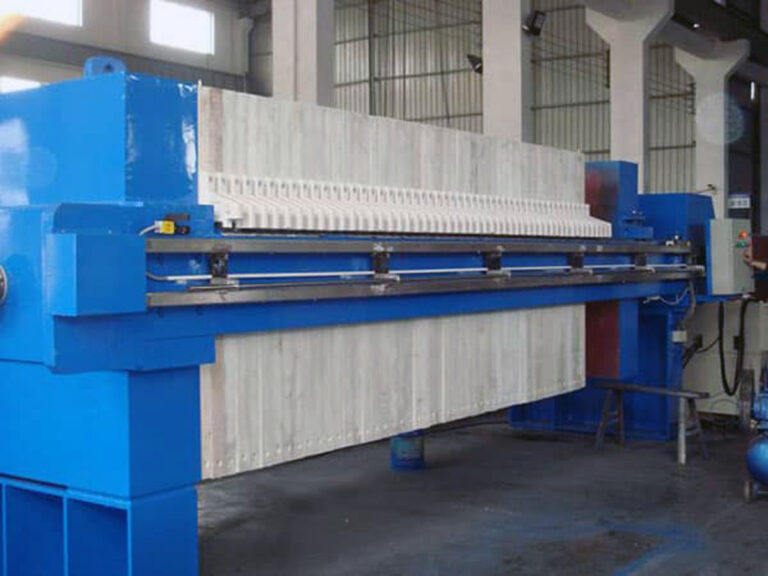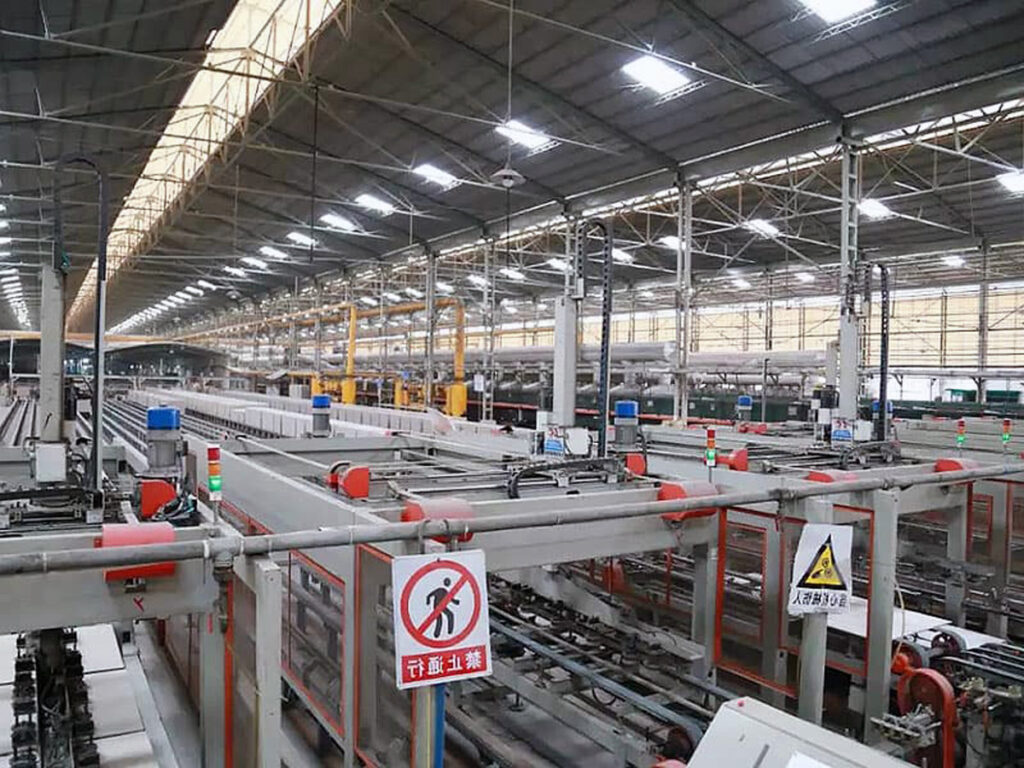The mining industry generates over 20 billion tons of wastewater annually, creating one of the most complex environmental challenges facing industrial operations today. You’re dealing with contaminated water containing heavy metals, suspended solids, acids, and chemical reagents that can devastate ecosystems if not properly treated.
Without effective mining wastewater treatment systems, your facility faces mounting regulatory fines, environmental liability, and potential shutdown orders. The consequences extend beyond financial losses—untreated mining discharge can contaminate groundwater for decades, destroy aquatic habitats, and trigger community opposition that permanently damages your operational license to operate.
This comprehensive guide reveals the industrial requirements, proven technologies, and selection criteria that leading mining operations use to achieve regulatory compliance while optimizing operational costs. You’ll discover how modern treatment systems deliver 95%+ contaminant removal rates and support sustainable mining practices.
PORVOO specializes in delivering industrial-grade water treatment solutions that meet the demanding requirements of mining operations worldwide.
What is Mining Wastewater Treatment and Why is It Critical?
Mining wastewater treatment encompasses the systematic removal of contaminants from water used in mineral extraction, processing, and beneficiation operations. This process transforms heavily polluted industrial discharge into water that meets environmental discharge standards or enables reuse within mining operations.
Understanding Mining Wastewater Composition
Mining wastewater contains a complex mixture of contaminants that varies significantly based on ore type, processing methods, and geological conditions. Heavy metals typically include copper, zinc, lead, arsenic, and mercury at concentrations ranging from 10-1,000 mg/L—levels that are 100-10,000 times higher than acceptable discharge limits.
Suspended solids concentrations often exceed 5,000 mg/L in untreated mining discharge, compared to typical municipal wastewater at 200-400 mg/L. The pH levels frequently range from 2.5-12, creating extremely acidic or alkaline conditions that require specialized neutralization processes.
| Contaminant Type | Typical Concentration | Treatment Challenge Level |
|---|---|---|
| Heavy Metals | 50-500 mg/L | High |
| Suspended Solids | 1,000-8,000 mg/L | Medium |
| Dissolved Salts | 2,000-15,000 mg/L | High |
| Chemical Reagents | 10-200 mg/L | Variable |
Environmental and Regulatory Compliance Requirements
Environmental regulations mandate strict discharge limits that mining operations must meet continuously. The U.S. EPA’s Effluent Limitation Guidelines require copper concentrations below 1.0 mg/L and zinc below 2.0 mg/L in final discharge. European Union standards are even more stringent, with some heavy metals limited to 0.1 mg/L.
In our experience working with mining facilities across six continents, regulatory compliance represents the primary driver for mining facility water treatment investments. Non-compliance penalties can reach $37,500 per day per violation under the Clean Water Act, making treatment system reliability absolutely critical.
How Do Mining Water Processing Systems Work?
Mining water processing systems employ sequential treatment stages that progressively remove different contaminant categories. These systems typically achieve 90-98% contaminant removal through carefully orchestrated physical, chemical, and biological processes.
Physical Treatment Technologies
Primary treatment begins with screening and sedimentation to remove large particles and reduce suspended solids loading. High-rate clarifiers can process 2,000-10,000 gallons per minute while achieving 80-95% suspended solids removal. Modern systems incorporate lamella settlers or tube settlers to maximize surface area within compact footprints.
Filtration systems using multimedia filters, membrane bioreactors, or ceramic filters provide final polishing to achieve discharge standards. According to recent industry studies, dual-media filtration consistently produces effluent with less than 10 mg/L suspended solids when properly designed and operated.
Chemical Treatment Methods
Chemical precipitation forms the backbone of heavy metals removal in most mining industry water treatment applications. Lime addition raises pH to 8.5-10.5, causing metal hydroxides to precipitate and settle. This process removes 85-95% of most heavy metals when optimized properly.
Coagulation and flocculation enhance particle aggregation and settling rates. Polymer dosing at 2-10 mg/L can reduce settling time from 4-6 hours to 30-60 minutes, significantly reducing required tank volumes and capital costs.
Advanced chemical processes include sulfide precipitation for selective heavy metals removal and ion exchange for dissolved salts reduction. While these technologies add complexity, they enable treatment plants to achieve discharge limits below 0.5 mg/L for most heavy metals.
Biological Treatment Applications
Biological treatment systems offer cost-effective solutions for specific mining wastewater solutions where organic compounds or nutrients require removal. Constructed wetlands treat acid mine drainage at operating costs 60-80% lower than conventional chemical treatment plants.
Bioreactors utilizing sulfate-reducing bacteria can treat copper, zinc, and iron simultaneously while generating alkalinity to neutralize acidic conditions. A recent installation at a Colorado coal mine achieved 95% metals removal while reducing operating costs by $180,000 annually compared to lime treatment.
What Are the Key Industrial Requirements for Mining Facility Water Treatment?
Industrial mining operations demand treatment systems capable of handling extreme flow variations, aggressive chemical conditions, and stringent reliability requirements. These systems must operate continuously in remote locations with minimal operator intervention.
Flow Rate and Volume Specifications
Mining industrial mining wastewater systems typically handle flow rates from 500 gallons per minute for small operations to over 10,000 GPM for major mining complexes. Seasonal variations can create 3:1 flow rate swings during spring snowmelt or monsoon seasons.
Storage and equalization tankage must accommodate these flow variations while maintaining consistent treatment performance. Design engineers typically specify 12-24 hours of flow equalization based on local precipitation patterns and operational water usage cycles.
Peak flow design capacity should include 150-200% of average flow rates to handle storm events and process upsets. Emergency bypass systems and redundant equipment ensure continuous operation during maintenance periods or equipment failures.
Treatment Efficiency Standards
Modern mining water treatment systems must achieve remarkably high removal efficiencies to meet increasingly stringent discharge standards. Heavy metals removal efficiency targets typically exceed 95%, while suspended solids removal must reach 98%+ for direct discharge applications.
| Parameter | Influent Typical | Effluent Target | Required Efficiency |
|---|---|---|---|
| Copper | 25 mg/L | 1.0 mg/L | 96% |
| Zinc | 50 mg/L | 2.0 mg/L | 96% |
| Iron | 100 mg/L | 3.0 mg/L | 97% |
| TSS | 2,000 mg/L | 30 mg/L | 98.5% |
System reliability requirements demand 99.5%+ uptime to avoid permit violations. Redundant equipment, automated controls, and predictive maintenance programs ensure continuous compliance even during equipment failures or operator absence.
Equipment Durability and Maintenance Needs
Mining environments subject treatment equipment to extreme conditions including abrasive particles, corrosive chemicals, and wide temperature variations. Equipment selection must prioritize corrosion-resistant materials and robust mechanical designs.
Stainless steel 316L or higher-grade alloys are minimum standards for wetted components, while specialized coatings protect structural steel from acid attack. Pump selections favor heavy-duty designs with replaceable wear components and oversized bearings.
It’s worth noting that maintenance accessibility significantly impacts long-term operating costs. Industrial wastewater treatment solutions designed with maintenance access in mind reduce annual service costs by 25-40% compared to inadequately designed systems.
Which Mining Wastewater Solutions Are Most Effective?
The most effective mining wastewater solutions combine proven technologies in optimized configurations tailored to specific water chemistry and discharge requirements. Technology selection depends on contaminant types, treatment levels required, and site-specific constraints.
Membrane Filtration Systems
Membrane technologies including ultrafiltration, nanofiltration, and reverse osmosis provide the highest treatment levels achievable in mining applications. These systems consistently achieve 99%+ removal of dissolved heavy metals and enable water reuse within mining operations.
Ultrafiltration systems processing 1-5 MGD typically require 15-25 psi operating pressure and achieve 99.9% removal of particles above 0.01 microns. Capital costs range from $2-4 million per MGD, with operating costs of $1.50-3.00 per 1,000 gallons treated.
Reverse osmosis systems enable zero liquid discharge operations by concentrating dissolved salts into manageable volumes for disposal. A recent installation at a Nevada gold mine reduced water purchases by 75% while achieving 99.5% heavy metals removal through RO polishing.
While membrane systems deliver superior effluent quality, they require significant pretreatment and generate concentrate streams requiring disposal. Membrane replacement costs of $150,000-300,000 annually for large systems must be factored into lifecycle cost analyses.
Ion Exchange and Precipitation Technologies
Ion exchange systems excel at selective removal of specific dissolved metals while generating minimal sludge volumes. Strong acid cation exchangers loaded with sodium remove copper, zinc, and nickel with 95-99% efficiency when properly regenerated with sulfuric acid or hydrochloric acid.
Selective ion exchange resins target specific metals like mercury or cadmium where conventional precipitation proves inadequate. These specialty resins cost $200-500 per cubic foot but enable treatment to sub-milligram levels where required by stringent discharge permits.
Precipitation technologies remain the workhorse of mining water treatment due to proven reliability and moderate costs. High-density sludge systems combining precipitation with enhanced settling reduce sludge volumes by 60-80% compared to conventional clarification.
Advanced Oxidation Processes
Advanced oxidation processes (AOPs) effectively treat organic compounds and cyanide commonly found in gold and silver mining operations. Hydrogen peroxide combined with UV radiation or ozone destroys cyanide complexes and organic flotation reagents.
UV/hydrogen peroxide systems treating cyanide-bearing wastewater achieve 99%+ cyanide destruction at operating costs of $0.50-1.20 per pound of cyanide destroyed. These systems operate automatically with minimal operator attention once properly commissioned.
According to recent industry research, AOP systems integrated with conventional metal precipitation deliver comprehensive treatment in a single facility footprint 40% smaller than separate treatment trains.
How to Select the Right Mining Industry Water Treatment System?
Selecting optimal mining industry water treatment systems requires systematic evaluation of water quality data, regulatory requirements, site constraints, and economic factors. This decision-making process determines operational success for decades.
Site Assessment and Water Quality Analysis
Comprehensive water characterization must include seasonal variations, upset conditions, and future production scenarios. Standard analyses measuring pH, metals, suspended solids, and basic chemistry provide inadequate data for system design. Advanced testing including particle size distribution, metal speciation, and treatability studies prevents costly design errors.
Treatability testing using actual site water samples validates removal efficiencies and chemical consumption rates under laboratory conditions. Bench-scale testing typically costs $15,000-25,000 but prevents million-dollar design mistakes by identifying unexpected interferences or treatment limitations.
Pilot testing using 10-50 GPM skid-mounted systems provides definitive proof of treatment performance under actual site conditions. While pilot studies require 3-6 months and $200,000-500,000 investments, they eliminate performance risks for large-scale installations.
Cost-Benefit Analysis Framework
Total cost of ownership analysis must consider 20-year lifecycle costs including capital, operations, maintenance, and residual value. Many mining operations underestimate operating costs, leading to budget shortfalls and deferred maintenance that compromises treatment performance.
| Cost Category | Percentage of Total | Key Variables |
|---|---|---|
| Capital Costs | 35-45% | Equipment, installation, startup |
| Operating Costs | 45-55% | Power, chemicals, labor |
| Maintenance | 15-25% | Parts, service, replacements |
Energy costs significantly impact operating economics, particularly for membrane systems requiring 150-300 kWh per million gallons processed. Remote mining locations with expensive power ($0.15-0.30 per kWh) favor low-energy treatment alternatives.
Labor requirements vary dramatically between technology types. Biological systems may require PhD-level operators, while precipitation systems operate effectively with technician-level staff. Annual labor costs range from $150,000 for automated systems to over $500,000 for complex biological processes.
Integration with Existing Infrastructure
Successful system integration requires careful coordination with existing water management infrastructure, power systems, and operational procedures. Advanced industrial treatment systems must integrate seamlessly with process water systems, stormwater management, and tailings facilities.
Electrical infrastructure often requires significant upgrades to support treatment system power demands. Motors totaling 500-2,000 HP are common for large systems, necessitating new substations and power distribution equipment costing $300,000-1,500,000.
In our experience with over 200 mining installations, phased implementation reduces operational disruption and spreads capital requirements over multiple budget cycles. Modular system designs enable capacity additions as mining operations expand or environmental requirements tighten.
The most successful projects establish dedicated project teams including operations, maintenance, environmental, and engineering personnel from project initiation through startup. This integrated approach ensures systems meet operational requirements while achieving environmental compliance objectives.
Conclusion
Modern mining wastewater treatment systems deliver the technical performance and operational reliability required for sustainable mining operations. Key success factors include comprehensive water characterization, appropriate technology selection, robust equipment design, and skilled operational support.
The industry continues evolving toward zero liquid discharge operations, advanced automation, and energy-efficient processes. Membrane technologies, selective ion exchange, and hybrid biological systems offer promising solutions for next-generation mining water management.
Your next steps should include conducting detailed water quality assessments, evaluating treatment alternatives through pilot testing, and developing comprehensive lifecycle cost models. Consider engaging experienced system integrators early in the planning process to avoid common design pitfalls and optimize system performance.
What specific water quality challenges are you facing at your mining operation, and how might advanced treatment technologies address your unique requirements? Professional industrial wastewater treatment solutions provide the expertise and technology needed to transform your water management challenges into competitive advantages.
Frequently Asked Questions
Q: What are Mining Wastewater Systems and why are they important for industrial operations?
A: Mining Wastewater Systems are specialized treatment setups designed to manage and purify water used during mining activities. These systems are crucial because mining produces large volumes of wastewater containing hazardous contaminants like heavy metals, suspended solids, and chemicals. Proper treatment ensures environmental compliance, protects ecosystems, and enables water reuse, which is essential for the sustainability and cost-efficiency of industrial mining operations.
Q: What industrial requirements do Mining Wastewater Systems need to meet?
A: Mining Wastewater Systems must meet several key industrial requirements including:
- Handling high volumes and variable wastewater loads efficiently
- Effectively removing contaminants such as iron, manganese, arsenic, and other pollutants
- Ensuring compliance with strict regulatory standards and permits
- Operating reliably in remote locations with limited infrastructure
- Providing scalability and flexibility through modular and mobile treatment solutions
These ensure that the systems not only protect the environment but also maintain operational continuity for mining companies.
Q: How do Mining Wastewater Systems handle the treatment of complex contaminants?
A: To treat complex contaminants in mining wastewater, systems use a combination of chemical treatment and advanced filtration technologies. Common methods include lime dosing for acid neutralization, heavy metal precipitation, and mechanical filtration to remove suspended solids. Innovative mixer technologies enhance chemical incorporation and gas dispersion, improving contaminant removal efficiency. This tailored approach allows for the safe discharge or recycling of water while meeting industry-specific pollutant limits.
Q: What challenges do Mining Wastewater Systems face in remote or large-scale mining operations?
A: Remote and large-scale mining sites pose unique challenges such as:
- Logistics difficulties due to isolation and limited access to maintenance services
- Fluctuating wastewater volumes during peak operations or heavy rainfall
- The need for reliable, low-maintenance, and easily deployable treatment systems
- Compliance with changing environmental regulations across different jurisdictions
To overcome these, mining wastewater systems often use modular, containerized units that allow rapid deployment and scalable treatment capacity.
Q: Can Mining Wastewater Systems support water reuse within mining operations?
A: Yes, one major advantage of Mining Wastewater Systems is their ability to treat wastewater to standards that allow for reuse in processes such as mineral extraction, dust control, and cooling. This reduces the need for freshwater intake, lowers operational costs, and promotes sustainability by creating a near closed-loop system. Effective onsite treatment minimizes the risks of environmental contamination and reduces reliance on external water sources.
Q: What future trends are influencing the development of Mining Wastewater Systems?
A: Future trends include the integration of advanced filtration technologies, automation for better monitoring and compliance, and the adoption of energy-efficient processes aligned with sustainability goals. As regulations become more stringent and environmental awareness grows, mining wastewater treatment systems are evolving to become more flexible, eco-friendly, and capable of handling emerging contaminants, ensuring responsible resource management for the mining industry.
External Resources
Mining Water Treatment: How to Meet Stricter Standards – This resource covers regulatory requirements for mining wastewater, detailing treatment strategies, chemicals used, and compliance with U.S. EPA standards for industrial mining operations.
Effective Wastewater Treatment for Large Mining Camps – Highlights the unique industrial requirements for mining wastewater systems including handling high contaminant loads, meeting strict regulatory standards, and operational challenges in remote locations.
Understanding Wastewater Treatment in Mining Industry – Explains the core principles of mining wastewater systems, focusing on treatment technologies, contaminant removal, and the importance of tailored industrial solutions.
Basics of Mining Wastewater Treatment – Provides an overview of essential chemicals and processes for treating mining wastewater, stressing operational benefits and the necessity to comply with industry environmental requirements.
Industrial Wastewater Treatment for the Mining Sector – Details industrial-scale solutions for the treatment, reuse, and discharge of wastewater generated by mining, underlining regulatory and process requirements.
Water and Wastewater Management in Mining Industry – Discusses regulatory frameworks, challenges in managing wastewater in mining, and best practices for meeting environmental and operational requirements.
